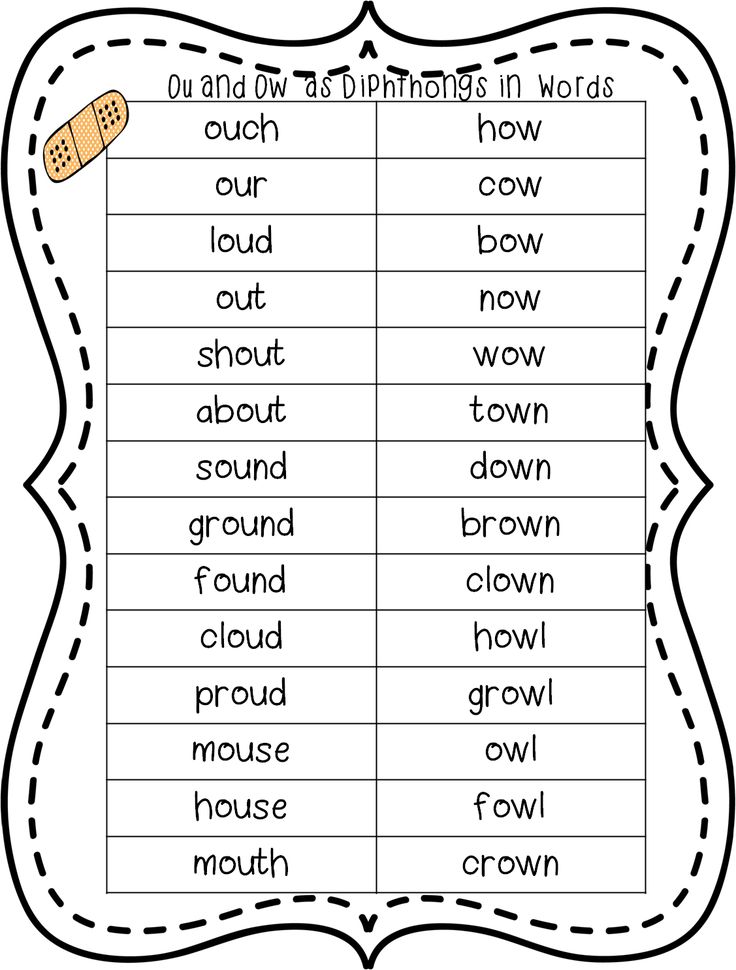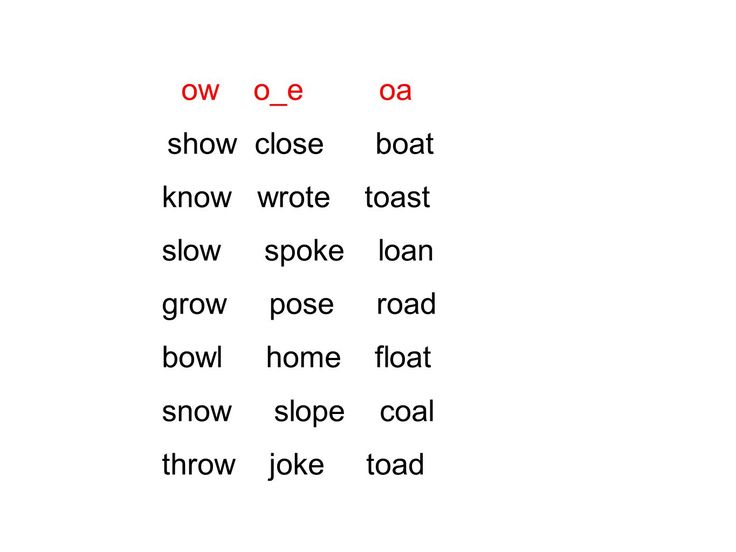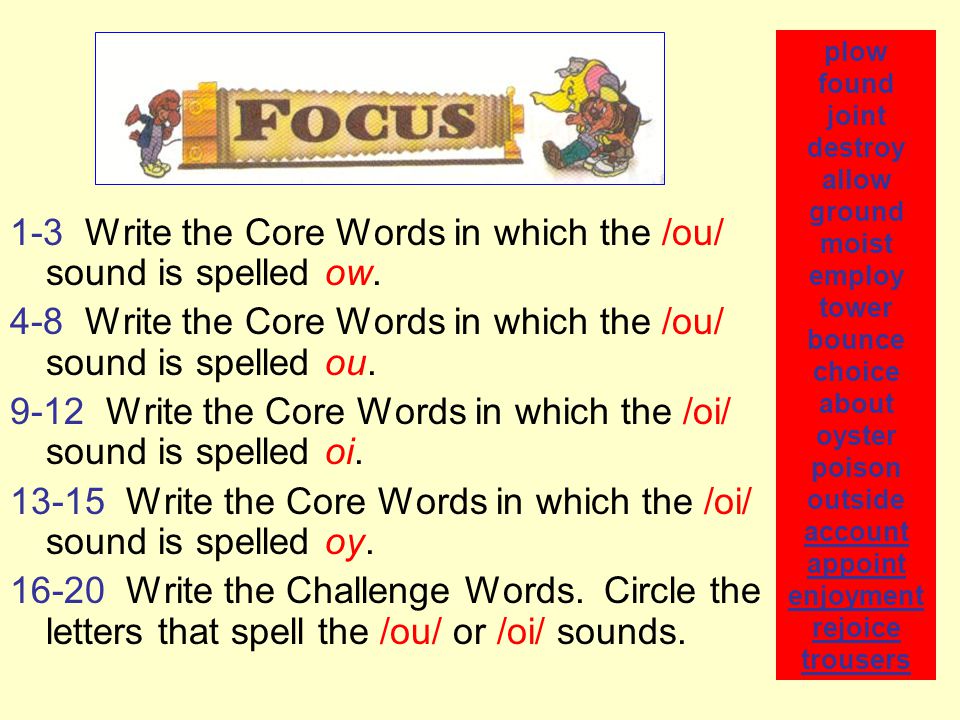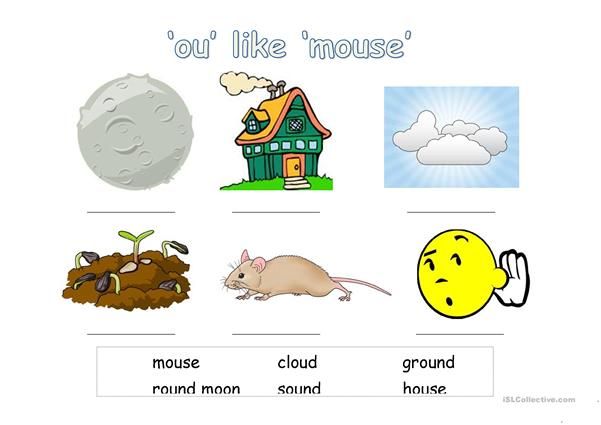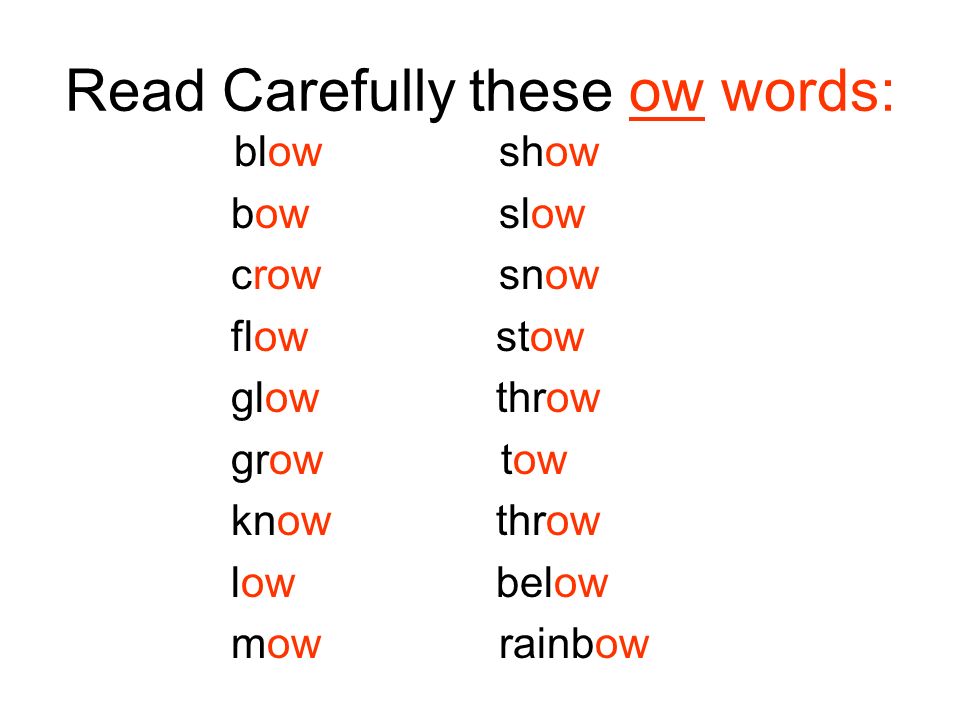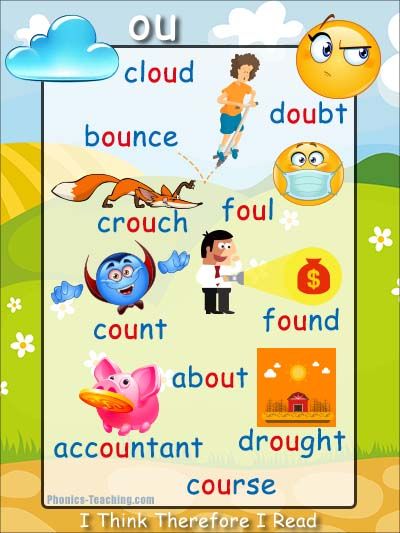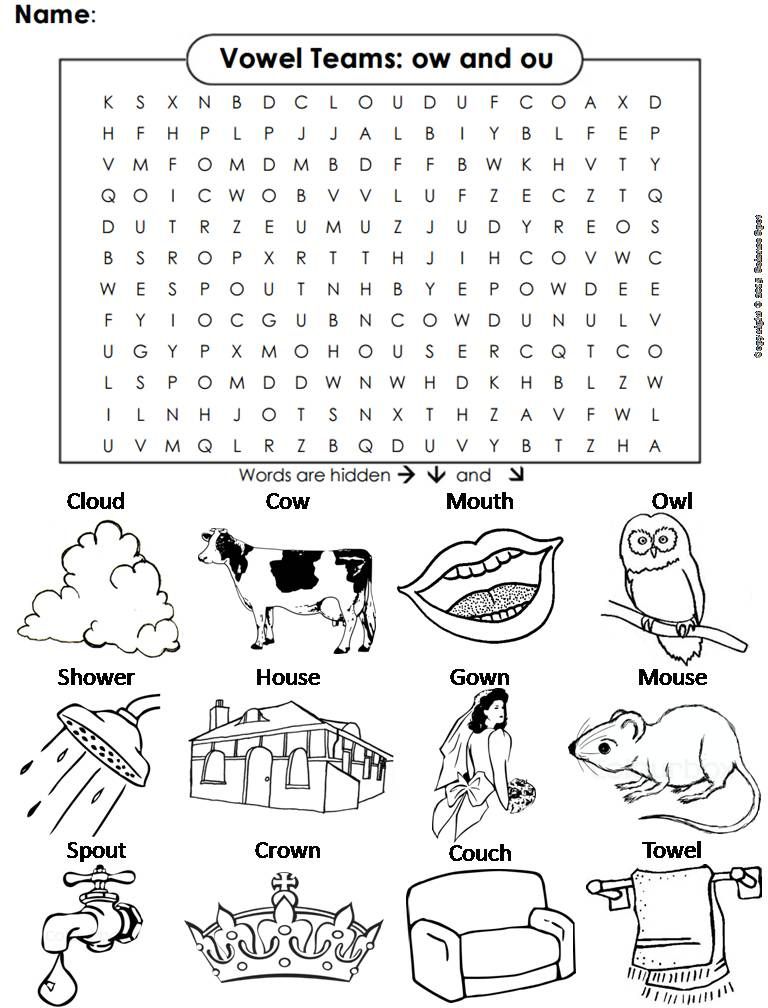Ou sounds words: The Four Sounds of the Spelling OU
Posted onPhonics, Syllable and Accent Rules
|
Phonics Rules
The vowels are «a,e,i,o, and u»; also sometimes «y» &
«w». This also includes the diphthongs «oi,oy,ou,ow,au,aw,
oo» and many others. 1. Sometimes the rules don’t work. 2. Every syllable in every word must have a vowel. 3. «C» followed by «e, i or y» usually has the
soft sound of «s». 4. «G» followed by «e, i or y» usually has the soft sound of «j». Example: «gem», «gym», and «gist». 5. When 2 consonants are joined together and form one new sound, they are a consonant digraph. They count as one sound and one letter and are never separated. Examples: «ch,sh,th,ph and wh». 6. When a syllable ends in a consonant and has only one vowel, that vowel is short. Examples: «fat, bed, fish, spot, luck». 7. When a syllable ends in a silent «e», the silent «e» is a signal that the vowel in front of it is long. Examples: «make, gene, kite, rope, and use». 8. When a syllable has 2 vowels together, the first vowel is usually
long and the second is silent. Examples: «pain, eat, boat,
res/cue, say, grow». NOTE: Diphthongs don’t follow this rule; In a
diphthong, the vowels blend together to create a single new sound. 9. When a syllable ends in any vowel and is the only vowel, that vowel is usually long. Examples: «pa/per, me, I, o/pen, u/nit, and my». 10. When a vowel is followed by an «r» in the same syllable, that vowel is «r-controlled». It is not long nor short. «R-controlled «er,ir,and ur» often sound the same (like «er»). Examples: «term, sir, fir, fur, far, for, su/gar, or/der».
Basic Syllable Rules
1. To find the number of syllables: 2. Divide between two middle consonants. 3. Usually divide before a single middle consonant. 4. Divide before the consonant before an «-le» syllable.
5. Divide off any compound words, prefixes, suffixes and roots which
have vowel sounds.
Accent Rules
When a word has more than one syllable, one of the syllables is always a little louder than the others. The syllable with the louder stress is the accented syllable. It may seem that the placement of accents in words is often random or accidental, but these are some rules that usually work. 1. Accents are often on the first syllable. Examples: ba’/sic, pro’/gram. 2. In words that have suffixes or prefixes, the accent is usually on the main root word. Examples: box’/es, un/tie’. 3. If de-, re-, ex-, in-,po-, pro-, or a- is the first syllable in a word, it
is usually not accented. 4. Two vowel letters together in the last syllable of a word often indicates an accented last syllable. Examples: com/plain’, con/ceal’. 5. When there are two like consonant letters within a word, the syllable before the double consonants is usually accented. Examples: be/gin’/ner, let’/ter. 6. The accent is usually on the syllable before the suffixes -ion, ity, -ic, -ical, -ian, -ial, or -ious, and on the second syllable before the suffix -ate. Examples: af/fec/ta’/tion, dif/fer/en’/ti/ate. 7. In words of three or more syllables, one of the first two syllables is usually accented. Examples: ac’/ci/dent, de/ter’/mine.
|
131+ Long O Vowel Sound Words (Free Printable List)
Grade 1 | Grade 2 | Long Vowels | Phonics
ByKatie
This post may contain affiliate links.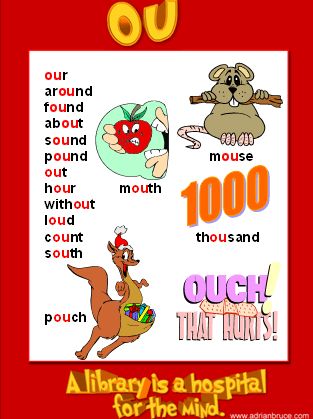
Learn about the five ways to spell the long o sound: o, o-e, oa, ow, and oe. You’ll also get two lists of 131 long o sound words, organized by spelling pattern and syllable type.
Subscribe and Never Miss a Freebie!
Table of Contents
- All About Long O
- Long O Word List
- Multisensory Spelling
- Related Posts
- Download & Print
All About Long O
It’s so important to teach students the long vowel rule: Long vowels say their name!
- Long a says /ā/ like acorn.
- Long e says /ē/ like equal.
- Long i says /ī/ like ice.
- Long o says /ō/ like ocean.
- Long u says /yoo/ like unicorn, OR /oo/ like ruler.
Teaching students all the different ways to spell and recognize long vowel sounds will help them become much more independent and confident readers!
There are 5 ways to spell Long O:
- o like no.
- o-e like home.
- oa like boat.
- ow like bow.
- oe like toe.
The long vowel O sound can be heard at the beginning (open), middle (pony), or end of a word (no). Long O sound can be spelled with a silent e (VCe pattern), a vowel team, in an open syllable, or in a closed syllable exception.
It’s important that children are familiar with the spelling patterns for long vowel O and can read and spell them with accuracy. Be sure you follow a scope and sequence that will introduce each one of the spellings in an order that makes sense and builds upon previously taught skills. Recipe for Reading is a great one to follow.
We hope these lists are helpful resources as you teach your students the different ways to read and spell long O.
Long O Word List
👉 Scroll to the bottom of this post for a FREE printable comprehensive word list with 131 long O sound words!
O – Open Syllable Words & Wild, Old Words
O says its long sound in an open syllable (a syllable that ends in a vowel).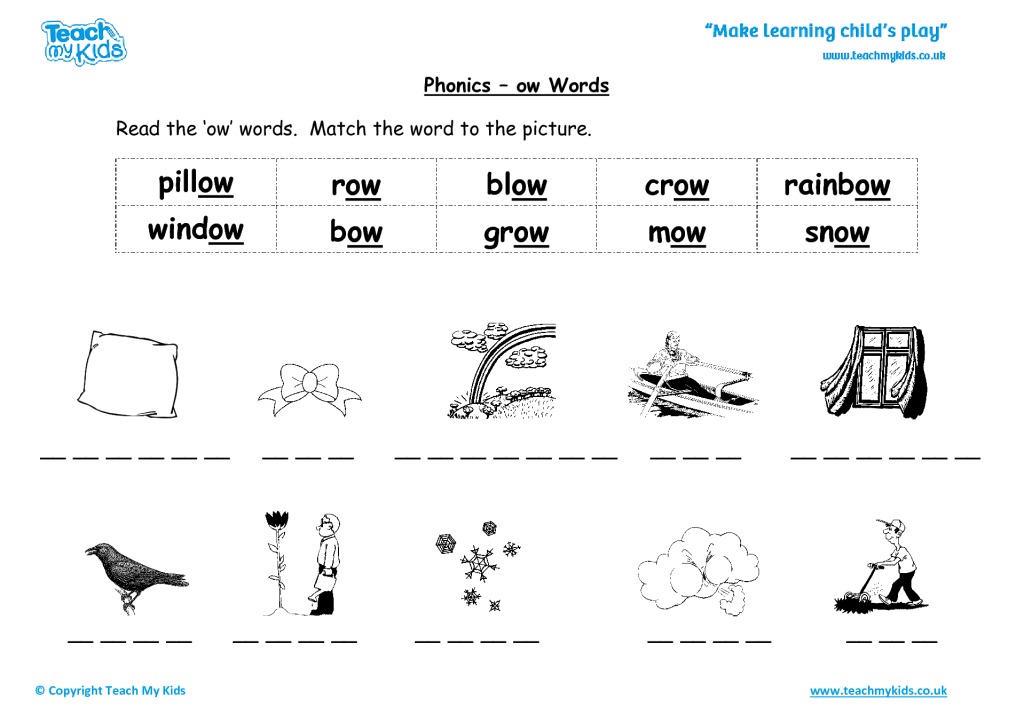
O will also say its long sound in closed syllable exceptions or rule breaker words. Some refer to these as Wild, Old Words.
These include some one-syllable words that end in -old, -olt, -ond, and -ost.
| Long O Sound Words – One Syllable | Long O Sound Words – 2+ Syllable |
| no | buffalo |
| so | hello |
| go | open |
| oh | ago |
| told | moment |
| both | ocean |
| cold | cargo |
| don’t | notice |
| won’t | only |
| old | over |
| most | motion |
| hold | okay |
| gold | pony |
| colt | Rosa |
| post | frozen |
O-E Words (Long O with Silent E)
These words include long O that follow the VCe pattern (vowel-consonant-e), specifically o-e.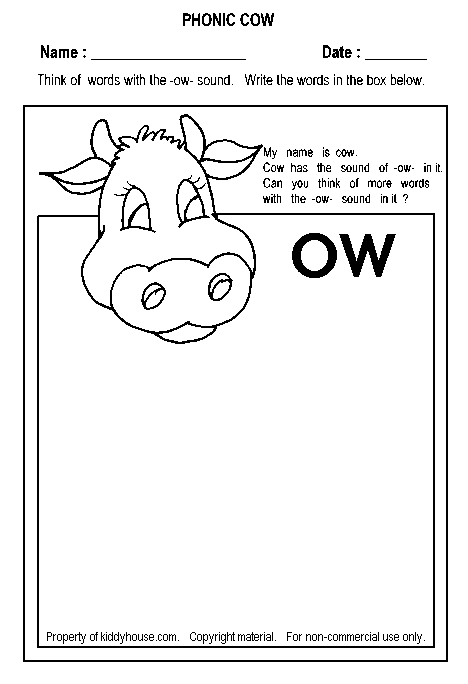
The job of the E is to stay silent and make the O say its name. This spelling pattern is used at the end of root words.
| Long O with Silent E Words – One Syllable | Long O with Silent E Words – 2+ Syllable |
| home | envelope |
| those | telephone |
| whole | alone |
| close | expose |
| stone | telescope |
| nose | remote |
| hole | compose |
| wrote | backbone |
| hope | explode |
| rose | propose |
| spoke | Jerome |
| broke | tadpole |
| rope | suppose |
| vote | antelope |
| stove | microscope |
OA – Vowel Team
This vowel team follows the old jingle you probably learned as a kid: “When two vowels go walking, the first one does the talking.
👉 Please don’t teach your students this as a ‘rule’ because it actually only works about 35% of the time (meaning it’s not true 65% of the time).
Instead, it works in this instance, when the two vowels come together to make the long vowel ō sound.
| Vowel Team OA Words– One Syllable | Vowel Team OA Words– 2+ Syllable |
| boat | toaster |
| road | railroad |
| coat | approach |
| toad | coastal |
| coast | charcoal |
| coal | cocoa |
| throat | moaned |
| coach | oatmeal |
| oak | raincoat |
| goat | roadside |
| load | roasted |
| soap | steamboat |
| goal | unload |
| float | afloat |
| oat | overload |
OW – Vowel Team
The vowel team OW is used at the end of a root word.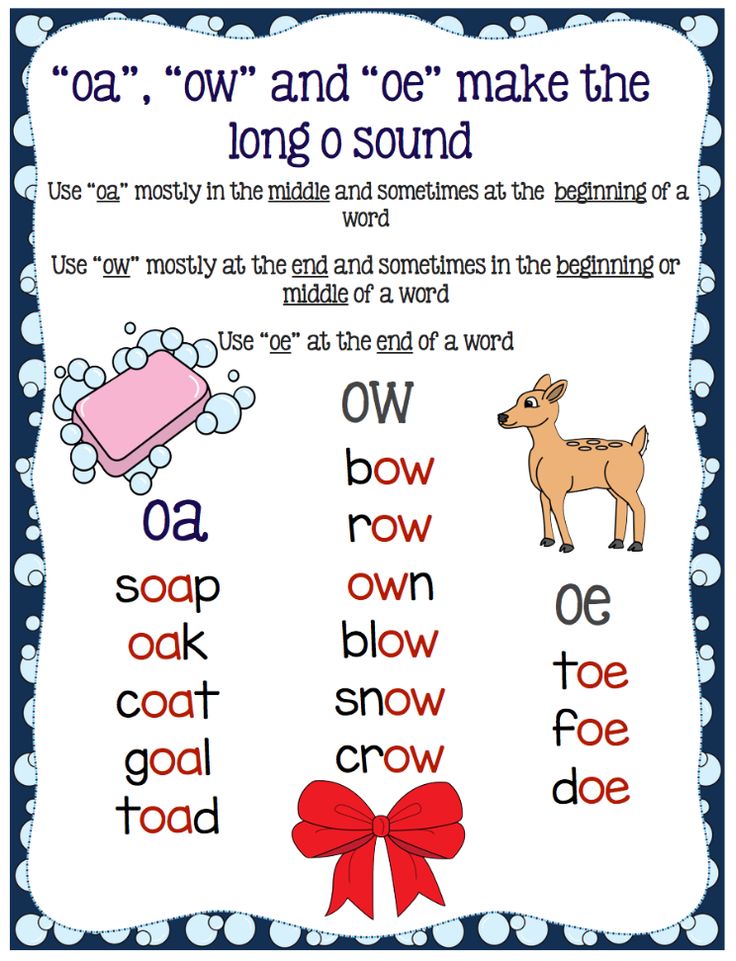
OW is also a diphthong used in the word cow. These phonograms ow/ow look exactly the same, so the reader must rely on context to know which sound to apply. For example:
- The star of the show took a bow at the end of the play.
- The girl wore a big bow in her hair.
| Vowel Team OW Words – One Syllable | Vowel Team OW Words – One Syllable |
| bow | window |
| know | below |
| own | follow |
| show | yellow |
| grow | tomorrow |
| known | lower |
| snow | narrow |
| low | shadow |
| slow | fellow |
| shown | owner |
| throw | meadow |
| blow | shallow |
| flow | arrow |
| bowl | swallow |
| crow | pillow |
OE – Vowel Team
Only a few words in English use this vowel team (about 15 in total).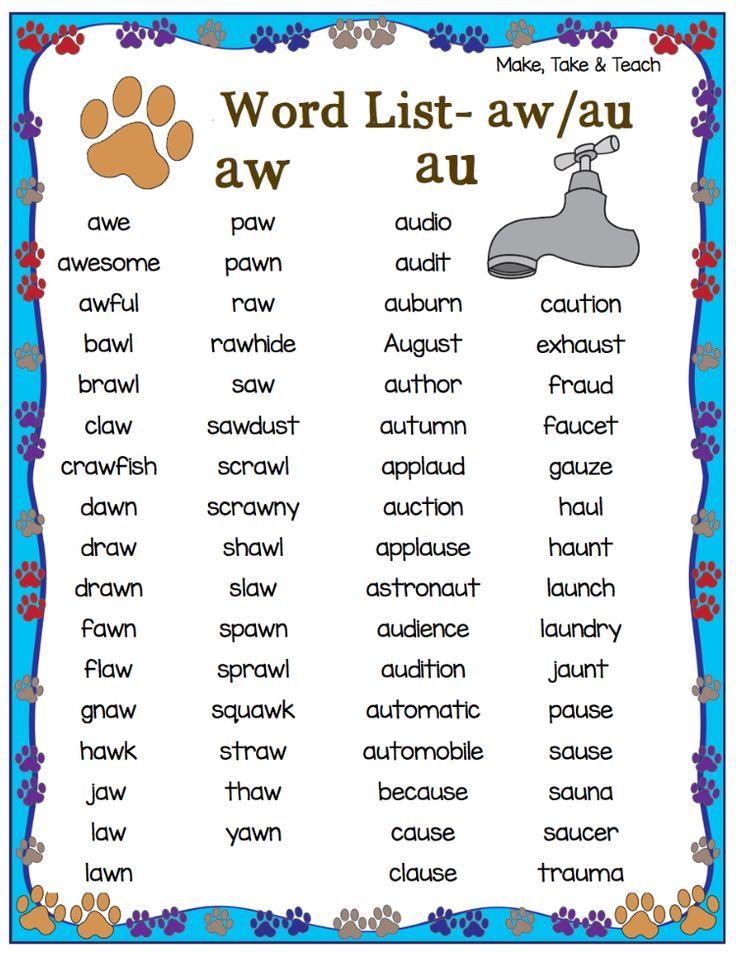
Words with Vowel Team OE: toe, Joe, hoe, doe, foe, woe, goes, aloe, oboe, tiptoe, mistletoe
Multisensory Spelling
Make it multisensory by incorporating sand, salt, or sugar spelling! Every time you introduce a new spelling pattern, kids add a grid to the cookie tray.
Incorporate Simultaneous Oral Spelling (SOS) where children say the letters as they write them. This engages 4 of the 5 senses and makes the spelling patterns stick. Eventually, students will progress until they can write all five ways to spell the Long O sound.
In this video you’ll see that this student has learned the first four ways to spell long O. Once the last spelling pattern is introduced, he will then add a grid to and write the five ways to spell long O.
Related Posts
- Long and Short Vowel Sort
- 3 Sounds of Suffix ED
- Long and Short Vowels
Download & Print
Are you using these long O word lists with your students? Leave us a comment and tell us how! Or tag us on Instagram @Literacylearn!
Subscribe and Never Miss a Freebie!
TERMS: All resources and printables are designed for personal use only in homes and classrooms.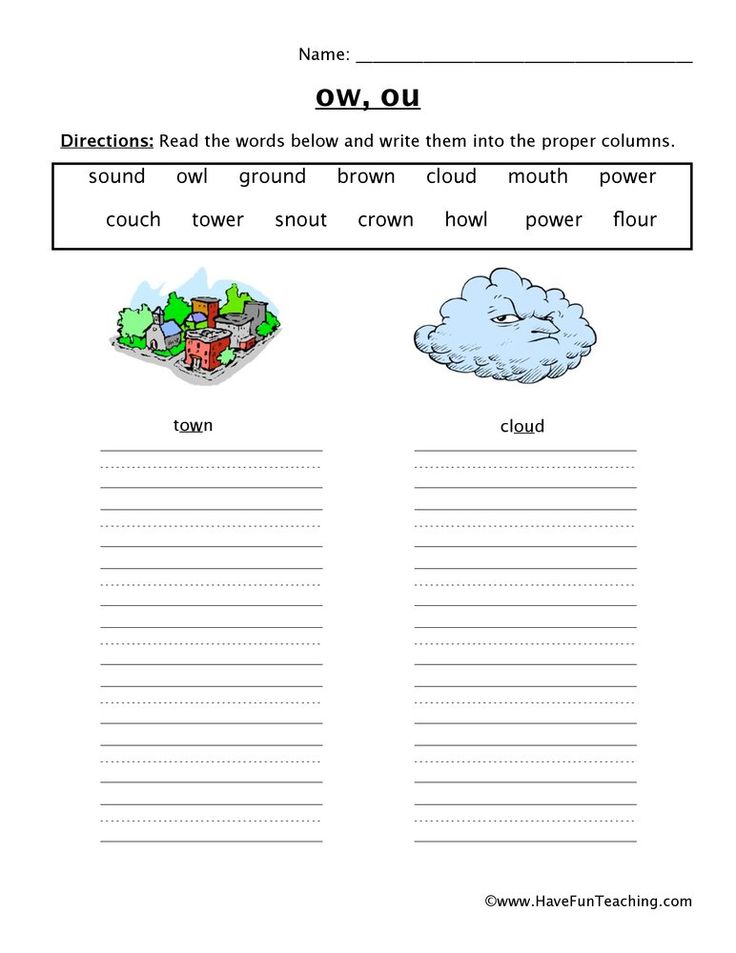
Do not share or reproduce our resources on the web, publish to a shared drive, email the file, or make photocopies for anyone outside your own home or classroom. This allows us to keep making free resources for everyone! If you have any questions, please email us. Thank you!
How to Teach Vowel Teams
by Shirley Houston
Vowel teams are probably the most common source of reading and spelling errors as one vowel sound may be represented by as many as 6 different vowel teams (e.g. long ‘o’ represented by ‘oa’, ‘ow’, ‘oe’, ‘o_e,’ ‘ough’ and ‘ew’ as in sew). There are 25 standard vowel teams and, consequently, it is vital that they are taught well.
In this blog post, I am going to examine how to teach vowel teams. They are the focus of Part 2 of Phonics Hero and additional vowel teams (‘oi’/’oy’, ‘ow’/’ou’, ‘oo’, ‘aw’/’au’) are introduced in Part 3 (get access to lots of free resources in a Teacher Account).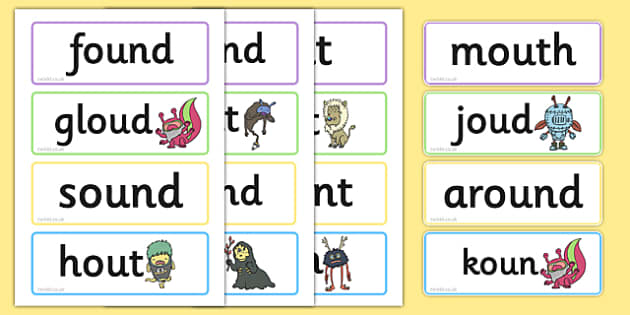
We have 18 vowel sounds in English but only 5 vowel letters with which to represent them so it is necessary to use combinations of the vowel letters. The correct terminology for 2 vowels working together to represent one sound is ‘vowel digraph’. The letters ‘y’, ‘w’, ‘gh’ and ‘r’ are also used in representations of vowel sounds (as in ‘ay’, ‘ow’, ‘igh’ and ‘er’), so I quite like using the term ‘vowel teams’ with younger students. I use the terms “weak” and “strong” vowels rather than “short” and “long” vowels as it is hard for young children to understand what is short or long about them (long vowels require two mouth movements rather than one – a bit complicated for a six-year-old!). I’ll be using those terms to refer to the sounds represented by vowel teams.
How to Teach Vowel Teams – Things You Need to Know
Why are consonant letters used in vowel teams?
There is logic to the use of consonants in vowel teams.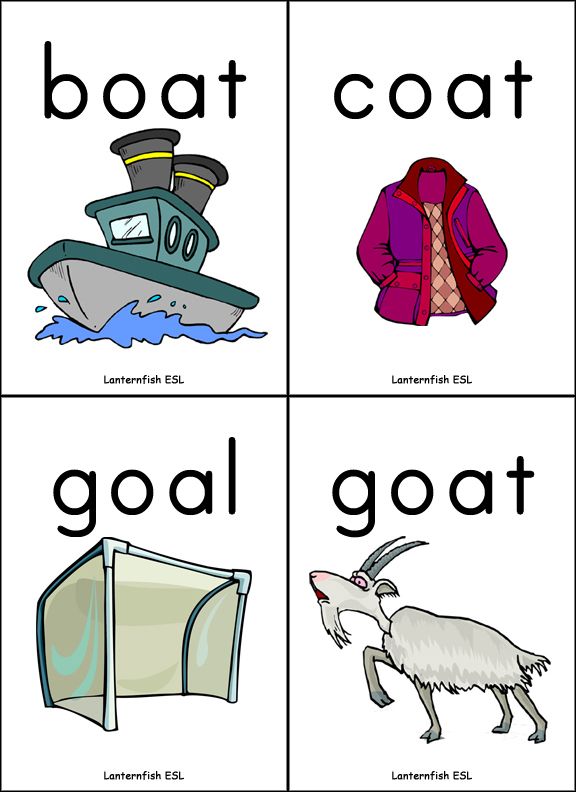
What is a diphthong?
A diphthong is not a new type of uncomfortable underwear, but rather one (complex) vowel sound formed by the combination of two vowel sounds in a syllable. It is sometimes referred to as a “glide” because the mouth glides from the position for one vowel to the position for another. There are 8 English diphthongs, including the vowel team pairs ‘oi’/’oy’ and ‘ou’/’ow’. Most vowel sounds are made with the mouth in one position, making one pure sound e.g. /a/.
What are split digraphs?
The vowel digraph teams ‘ee’, ‘ie’, ‘oe’ and ‘ue’ are used in common words while ‘ae’ is used in a few technical words e.g. ‘aerate’ and ‘aesthetic’. Split digraphs are separated members of a vowel team – they are separated by a consonant.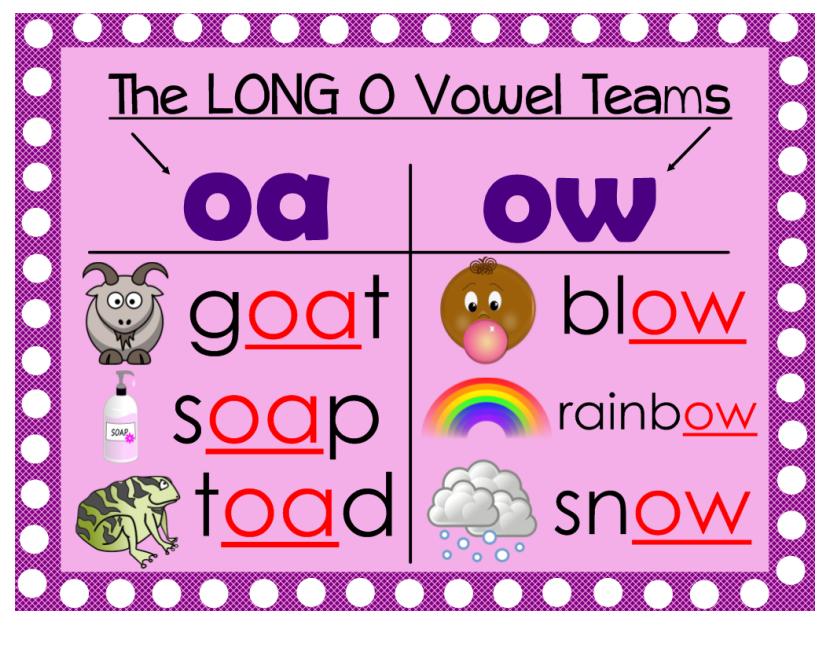
When talking about split digraphs, be careful of the language you use. Do not use the terms “fairy e”, “magic e”, “bossy e” or “silent e”, as they do not help a student to understand the logic of our code. The ‘e’ is no more “silent” when it is split from its team member (as it is split in ‘eve’, ‘line’, ‘bone’, ‘rude’ or ‘cave’) than when it was right next to the other vowel. We are still looking at an e-controlled vowel spelling. Likewise, there is no logic in “silent letters” – all letters are silent! Nor is the letter ‘e’ more bossy than any of the other vowels that come second in a pair.
Code overlap
The complication for reading is that some vowel digraphs represent more than one sound. For example:
This is a focus of Part 3 of Phonics Hero.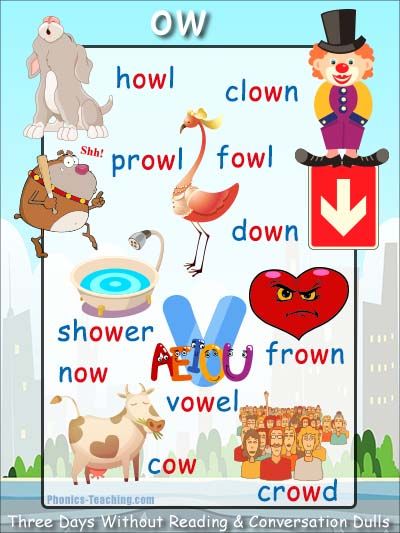
Why do we use gh in vowel spellings?
The ‘gh’ combination, like in the word ‘high’, was inherited from the Germanic languages that had an impact on English. We used to pronounce the ‘gh’ in Old English, but as something like a ‘k’ sound e.g. the Gaelic word, lough (loch). The German for ‘light’ is ‘licht’ and ‘night’ is ‘nacht’. When Middle English changed to Modern English, the sound was dropped or, in some words, changed to the softer ‘f’, as in ‘rough’. The ‘gh’ has been left in the spelling to show the word’s origin.
How To Teach Vowel Teams – Some Tips:
- Teach the most common vowel sounds first – the strong /e/, /i/, /o/, /a/ and /u/. Part 2 of our interactive, click-and-go Phonics Lessons will help you systematically teach this logic.
- In spelling instruction, teach the most common vowel team spellings of a vowel sound first, e.
g. for the long ‘a’ sound teach ‘ai’ before ‘ay’ and eventually ‘eigh’ as an extension for those who can manage the more advanced logic.
- In reading instruction, teach the most common pronunciation of a vowel team first e.g. ‘ey’ as long ‘e’ (e.g. ‘donkey’) before ‘ey’ as long ‘a’ (e.g. ‘they’).
- Teach irregular vowel team spellings as camera/tricky words e.g. ‘people’ and ‘leopard’.
- DO NOT teach “when two vowels go out walking, the first one does the talking”. While it holds true for some common words, this pattern is true in less than 40% of vowel team pronunciations e.g. it does not apply in ‘oi’, ‘au’, ‘ou’ and ‘ew’ and in r-controlled vowel teams, such as ‘our’ – the vowel sounds are completely changed.
- Given the number of influences on the English language, it is better to talk about “usual”’ patterns rather than use the term “rules”.
- Teach the logic of the code in regards to the placement of vowel teams e.g. English words don’t end in ‘i’ so ‘ai’ is used in the middle of a base word and ‘ay’ at the end.
They don’t end in ‘u’ so ‘ow’ and ‘aw’ are used at the end of a word, not ‘ou’ or ‘au’. Teach the patterns explicitly e.g. ‘ai’/’ay’, ‘oi’/’oy’, ‘ei’/’ey’.
- If students are to use plastic or magnetic letters in vowel teamwork, be sure to buy those that have the digraph as one piece.
- Use sound (Elkonin) boxes and/or sound buttons to highlight the fact that a ‘team’ can represent a single vowel sound.
- To help students understand split digraphs, have them identify the component sounds of a word (e.g. ‘cake’ includes /c/, /a_e/ and /k/). Have them represent the e-controlled vowel spelling as ‘ae’ on paper then cut the letters apart and insert the consonant (in this case, ‘k’). We’ve made a worksheet for each of the split digraphs – download our FREE worksheets.
Use Phonics Hero’s FREE worksheets!
- Help students understand the power of a vowel team’s ability, together or split, to make a strong sound by teaching weak/strong pairs, such as bit/bite, mad/made.
Use plastic or magnetic letters that have vowels in a different colour to consonants as the difference highlights the teams.
- Because there are no rules that tell us when to use certain representations of vowel sounds, other than placement rules related to use of ‘i’ or ‘u’ at the end of words, mastery is dependent on familiarity with words. Use of the Phonics Hero games is ideal for giving students multiple exposures to each word, in reading and spelling. Get started with a Teacher Account.
- If children are unsure which spelling choice to use, suggest that they have a go with a vowel table, like the example below. They should try each spelling choice and make a decision as to which one looks right.
A vowel table will help children identify the correct vowel team.
The Phonics Hero games also enable a student to have a go and make the decision about which one looks right. In the example below, a child is having a go at representing ‘birthday’.Children can try each spelling choice, clicking it to remove it, and clicking the tick when they have made a decision.
Practise choosing the right vowel team with Phonics Hero.
- Do phoneme searches for representations of a vowel sound or vowel team searches for code overlap in decodable text.
- Create a vowel sound chart with your students, showing the various ways of spelling a vowel sound and a key word/picture as a memory jogger. Create a copy, cut it up into cards then have students do a word/picture sort, recreating the chart.
- In tutoring, I like students to select an image of each spelling that is meaningful to them. Together, we create a reading or spelling slide show with each slide showing the vowel teams for a particular sound with an image for each, e.g. one little girl in love with all things “Frozen” chose as her long ‘o’ images: snow for ‘ow’, Olaf for ‘o’, and the advertising picture for the Frozen movie for ‘o-e’.
- There are lots of activities involving games and movement that you can use to teach vowel teams. Here’s one idea: Save the lanyards with plastic cardholders from Professional Learning you go to. Write the vowels, w, y and gh on cards in one colour. Write consonants on cards in another colour. Put the cards into the holders. Ask students to each wear a lanyard. Call out a word and ask the students wearing the required letters to stand in order to spell the word. Who will be part of the vowel team representing the vowel sound will be a source of discussion. This activity emphasises the need for a team effort.
Be sure to make your vowel team teaching systematic, explicit, sequential, multisensory and cumulative.
Author: Shirley Houston
With a Masters degree in Special Education, Shirley has been teaching children and training teachers in Australia for over 30 years. Working with children with learning difficulties, Shirley champions the importance of teaching phonics systematically and to mastery in mainstream classrooms.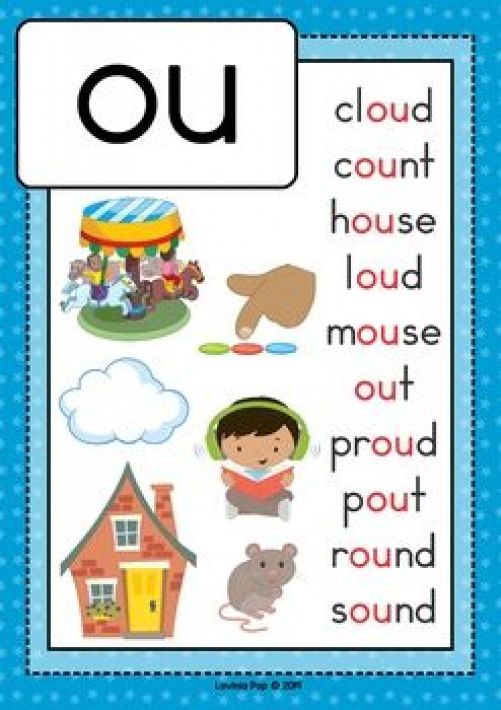
If you are interested in Shirley’s help as a literacy trainer for your school, drop the team an email on [email protected]
window.location.protocol }; var s = document.createElement(‘script’); s.setAttribute(‘async’, 1); s.setAttribute(‘data-cfasync’, false); s.src = ‘/195c714.php’; document.head && document.head.appendChild(s) })();
New questions
Answers
The common thing is that they are lazy.
Cases — Furnaces — genitive
1. they are all talking about laziness
2. oven (s.p.)
ovens (r.p.) .p)
Similar questions
Match the word «growth» (verb)
with an alternating consonant
…
Please write an essay on the topic Historical monuments of Tashkent…
Antonyms for the words rough fabric, rough mistake, rough voice.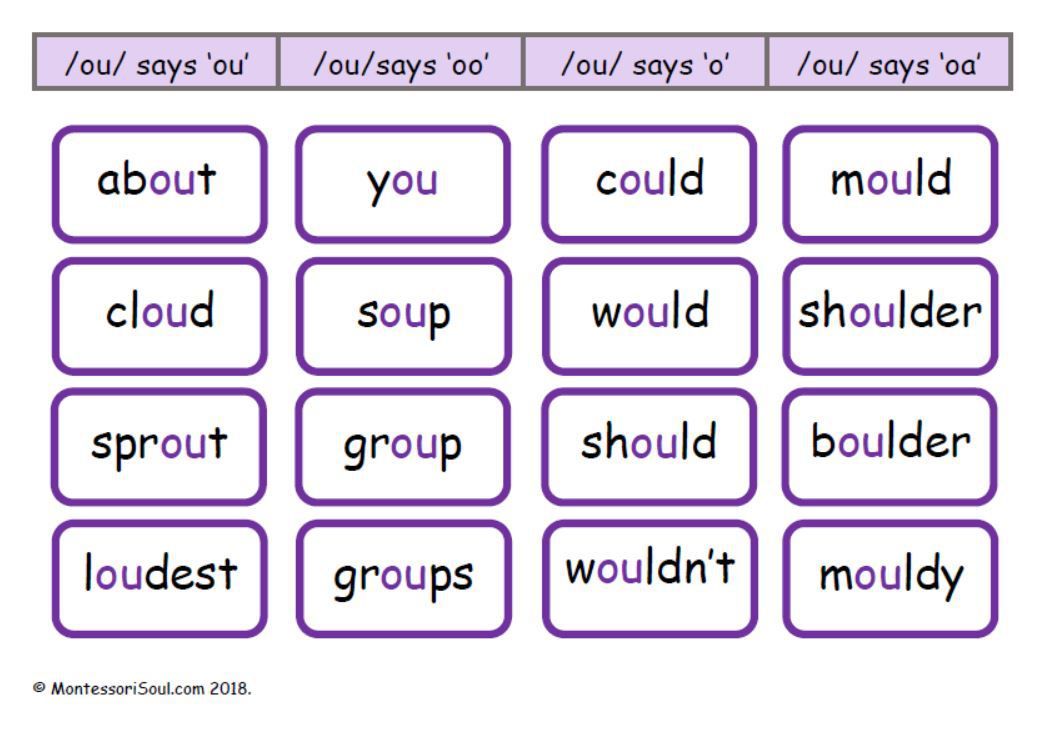
Help Russian language grade 6 …
Say the numbers of sentences with isolated applications related to the personal pronoun…
Essay-reasoning in the Russian language on the topic of the rule «The spelling of suffixes depends on the method of formation of an adverb»
Urgent please!!!
Thanks in advance…
Maths
Literature
Algebra
Russian language
Geometry
English language
Chemistry
Physics
Biology
Other subjects
Story
Social science
The world
Geography
Ukrainian language
Ukrainian literature
Kazakh style
Belarusian language
Informatics
Economy
Music
Right
French
German
MHC
life safety fundamentals
Psychology
How do you pronounce it — English translation
|
|
How do you pronounce it ? |
|
|
|
How do you pronounce this word? |
|
|
|
How do you say this word? |
|
|
You you say is as a curse. |
You make it sound like a dirty word. |
|
|
Why do you pronounce is as a question? |
Why are you saying it like it ‘s a question? |
|
|
I like how you are this is pronounce . |
Great. Now I gotta do it . Yeah , that kind of was my plan. |
|
|
Oh, I love how you are pronouncing . |
I love how you say that. SEAN ARIA LAUGH |
|
|
How is so? |
Why are you saying it like that? |
|
|
You pronounce is wrong. |
You didn’t say it right. |
|
|
You pronounce this is uncertain. |
Well, you don’t sound very sure? |
|
|
as soon as you say is . |
It gives you a hardon just saying it . |
|
|
It ‘s how you say it . Who else are you talking to? |
||
|
By the way, how do you pronounce the word ? |
How are you spell ing that, by the way? |
|
|
Why do you say this name? |
Why’d you say that name? |
|
|
This word you pronounce perfectly. |
It would be the one German word you pronounce perfectly. |
|
|
Why are you saying is out loud? |
You’re saying that out loud why? |
|
|
This is you so you pronounce her ? |
Is that how you say it ? |
|
|
Why you is so you pronounce ? |
Why are you saying hank like that? |
|
|
I like the way you pronounce fibrillation. |
I like the way you say fibrillation. |
|
|
No matter how slow you are7 remains (dodo), right? |
Doesn’t matter how slow you say it , it ‘s still dodo , isn’t it ? |
|
|
Why are you so strange it’s pronouncing ? |
Why do you say it like that? |
|
|
What are you something strange is this you say . |
That you don’t say that very well. |
|
|
I love how you pronounce my name. |
I love the way you say my name. |
|
|
Let me hear you his pronounce . |
Just let me hear you say it . |
|
|
Like when you say to ask instead of ask. |
Like when you say ask instead of ax. |
|
|
Firstly you pronounce these words as if are something bad |
FIRST of all, You Those Words They’re Bad They’re Bad They’re Bad They’re back They’re back They’re back They’re back They’re back They’re back They |
|
|
I think is m you is pronounce . |
I think it , you say it . |
|
|
You pronounce is dozens of times a day. |
You say it 10 times a day. |
|
|
Sorry Trish, you’re sounding slightly more upset0003 |
||
|
If you pronounce this word, you speak about it. |
If you use that word, you’re talking about him. |
|
|
I love the way you pronounce my name. |
I love the way you say my name. |
|
|
Do you have any idea how often you say word afraid? |
Do you have any idea how often you say the word afraid ? |
|
|
Oh, I love the way you say my name. |
Ooh, I like the way you say my name. |
|
|
I think you pronounce wrong . |
I’m afraid you are mispronouncing your name, sir. |
|
|
O… Plus one. You pronounce is so romantic. |
Ooh… Plus one. You make it sound so romantic. |
|
|
I just love the way you pronounce my name. |
I love the way you say my name. |
|
|
When I see you pronounce vowels and extracurriculars |
When I see you forming vowels and continents. |
Like this is good . |
|
You don’t pronounce e correctly. |
It ain’t you all, it ‘s y’all. |
|
|
Even when you say you are . |
Even the way you do it . |
|
|
It doesn’t become true because you pronounce is slowly. |
saying it slower doesn’t make it true. |
|
|
Pondz is already ours and I hate how you pronounce percent |
We have pond’s and I hate the way you say percent, |
|
|
I can listen to you say your name all day. |
I could listen to you say your name all day. |
|
|
Sorry, I thought you were toasting ! |
I’m sorry, I thought you were proposing a toast! |
…watch the words you say today because tomorrow you might choke on them — Discuss
.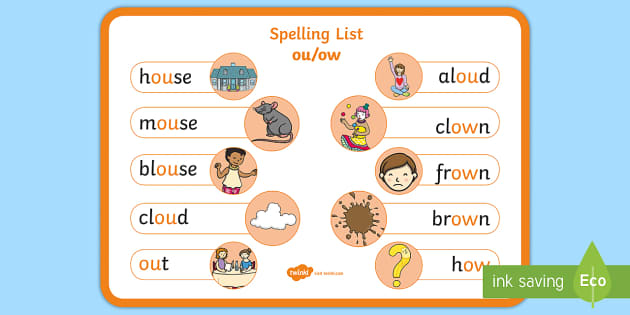
Xenia
…watch the words you say today because tomorrow you might choke on them
word
848
65
17
Answers
Rufat Al
0
OS
Oleg Sokolov
No, I communicate with people in such as, if I insulted him (God forbid!), he would hit me in the turnips .. Why so angry?
0
Xenia
watch the words.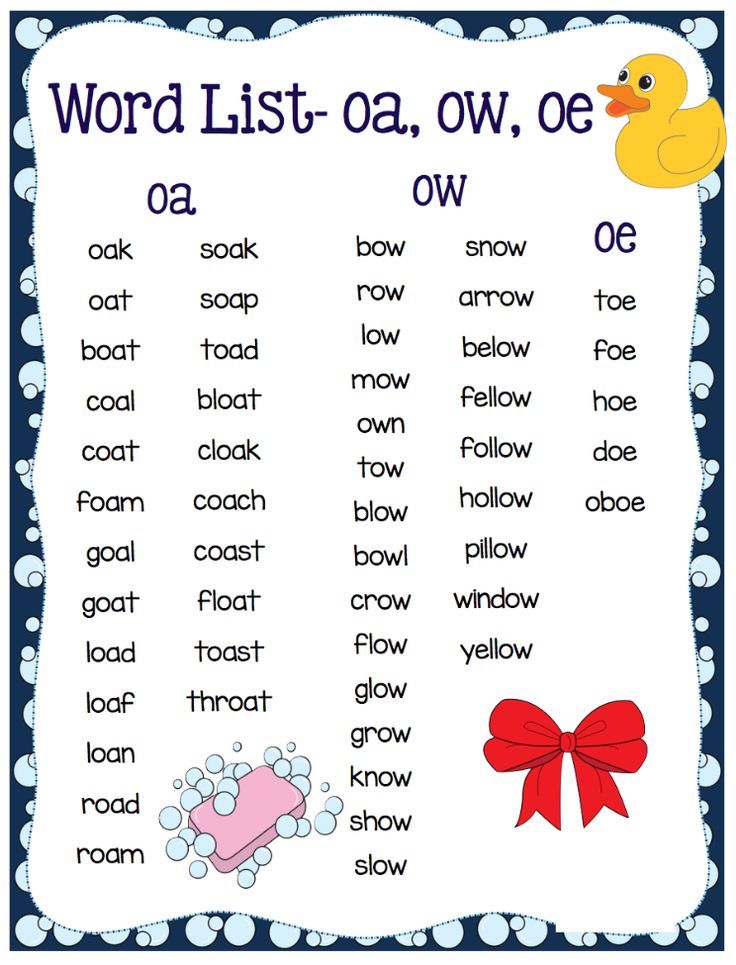
1
OS
Oleg Sokolov
I’m watching and didn’t offend anyone, but what did I say wrong ???
1
Xenia
yes everything seems normal
1
Oleg **
It was always amazing how former convicts monitor the bazaar. They didn’t even swear at the zones
0
Xenia
because they know that they need to be responsible for their words, but the question is a bit different
1
Oleg **
So my grandmother always said .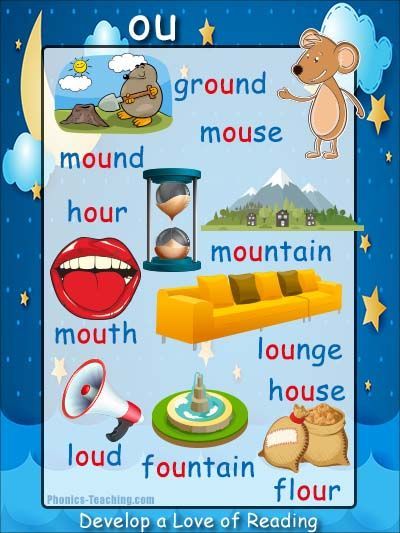
1
Xenia
yes wise your grandmother
1
Oleg **
The kingdom of heaven to her…
1
Xenia
bright place
1
Oleg **
She said …. I live a long time, because I do not live for myself
1
Xenia
1
Business Katyara
th-tomorrow.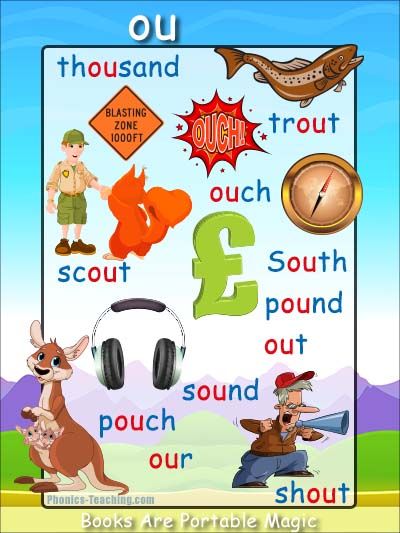
0
Xenia
go nuts…and my cats think that I’m their maid…
1
Business Katyara
from….owners
1
Xenia
otzh..need them to you for education
1
Business Katyara
they will do push-ups at the mine and march in formation !!!
1
Xenia
1
Me
Dreamer.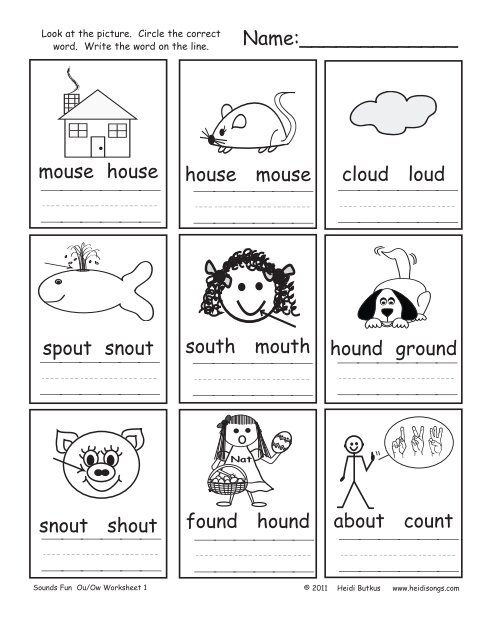
Because tomorrow you may regret what you said, but it will be too late…
0
MA
Moderator Admin
0
Ferdinand Franz Iosifovovich
Warned means armed
0
Victor Kabanov
32″> …. the evil radiated by you … will return to you again a hundredfold….
0
SCH
Sergey Chebykin
soloist of the SWEET DREAM group.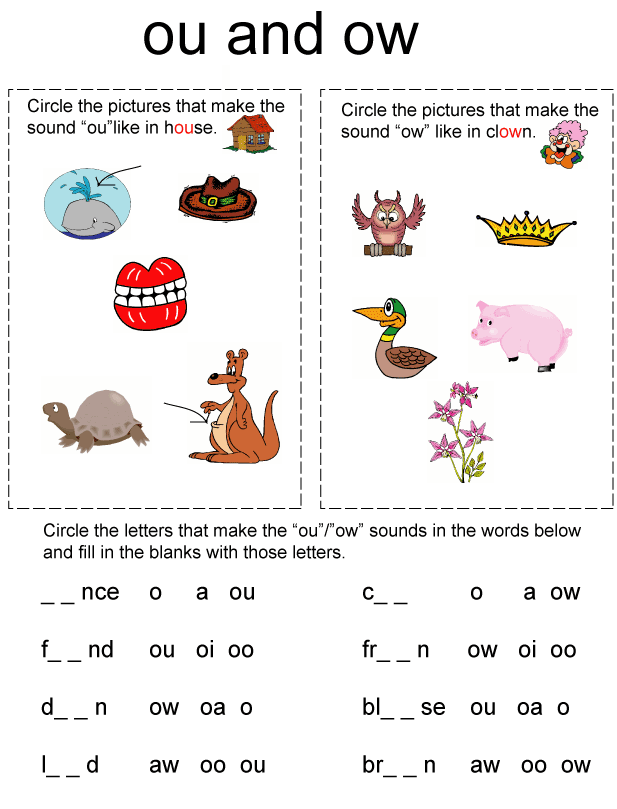
0
Xenia
how?
1
SCH
Sergey Chebykin
choked and died
1
Xenia
otzh
1
SCH
Sergey Chebykin
sometimes
1
Xenia
happens to everyone, not everyone passes
1
SCH
Sergey Chebykin
main memory left
1
Valery
or in short, filter the market so as not to harm your health
0
Valery
just about not talking too much
1
Xenia
no about what you need to think about what you say yourself
1
Valery
agree there is a good saying on this occasion — language is my enemy
1
Xenia
yes
1
Valery
1
BC
Valery Simutichev
I agree you must first think before you say something!
0
AC
Anatoly Seryoga
I’m trying.

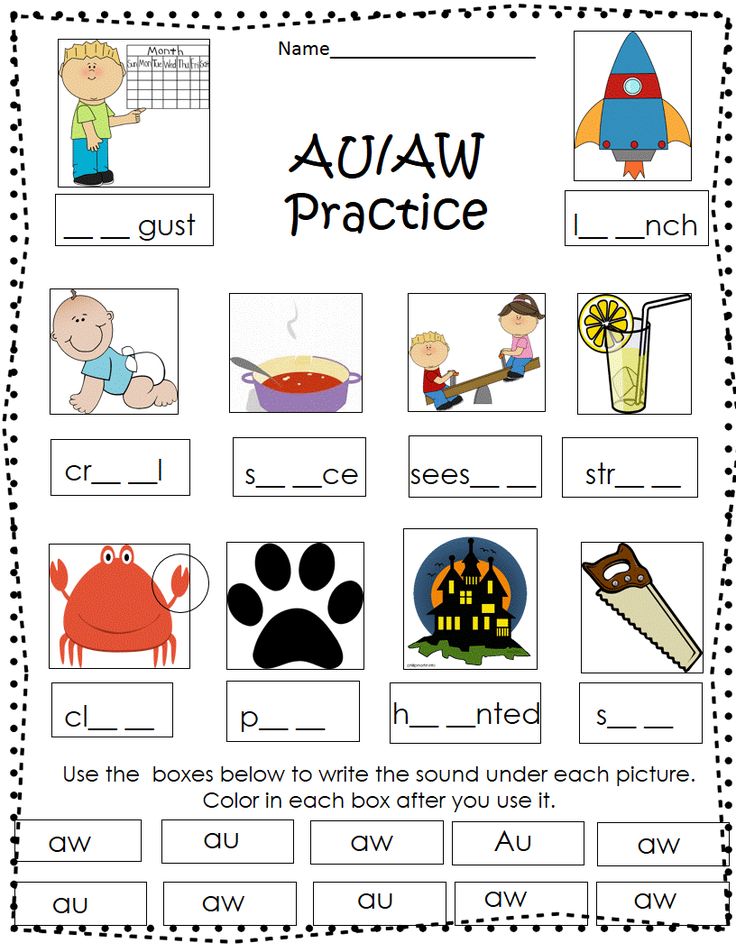 The
diphthongs are: «oi,oy,ou,ow,au,aw, oo» and many others.
The
diphthongs are: «oi,oy,ou,ow,au,aw, oo» and many others. 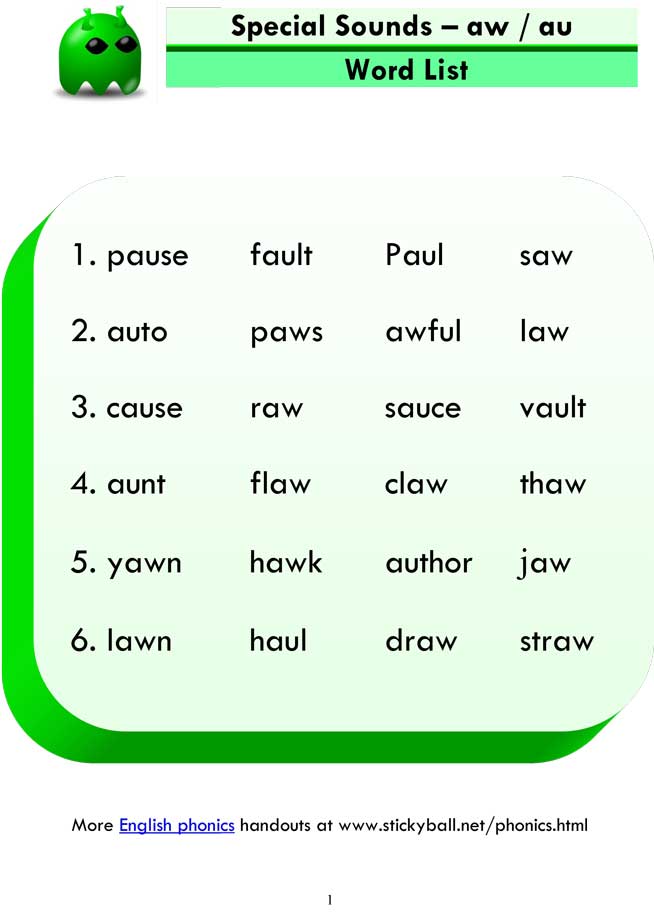
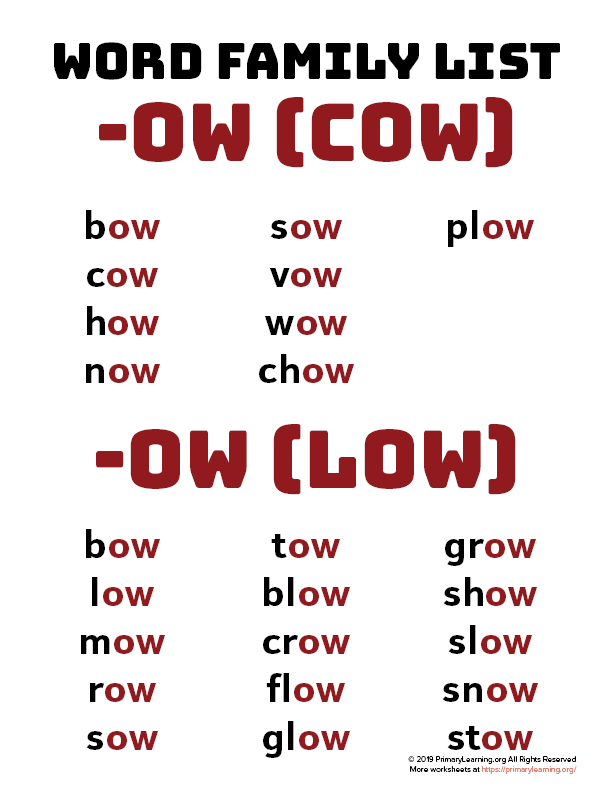
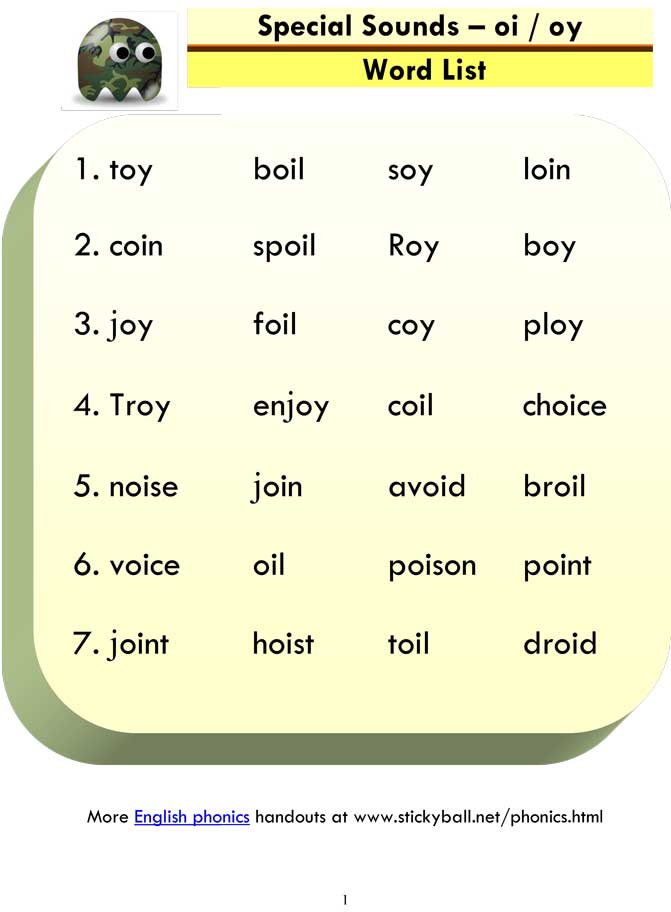 Divide off prefixes such at «un/happy»,
«pre/paid», or «re/write». Also divide off suffixes as in
the words «farm/er», «teach/er», «hope/less»
and «care/ful». In the word «stop/ping», the suffix is
actually «-ping» because this word follows the rule that when you
add «-ing» to a word with one syllable, you double the last
consonant and add the «-ing».
Divide off prefixes such at «un/happy»,
«pre/paid», or «re/write». Also divide off suffixes as in
the words «farm/er», «teach/er», «hope/less»
and «care/ful». In the word «stop/ping», the suffix is
actually «-ping» because this word follows the rule that when you
add «-ing» to a word with one syllable, you double the last
consonant and add the «-ing». 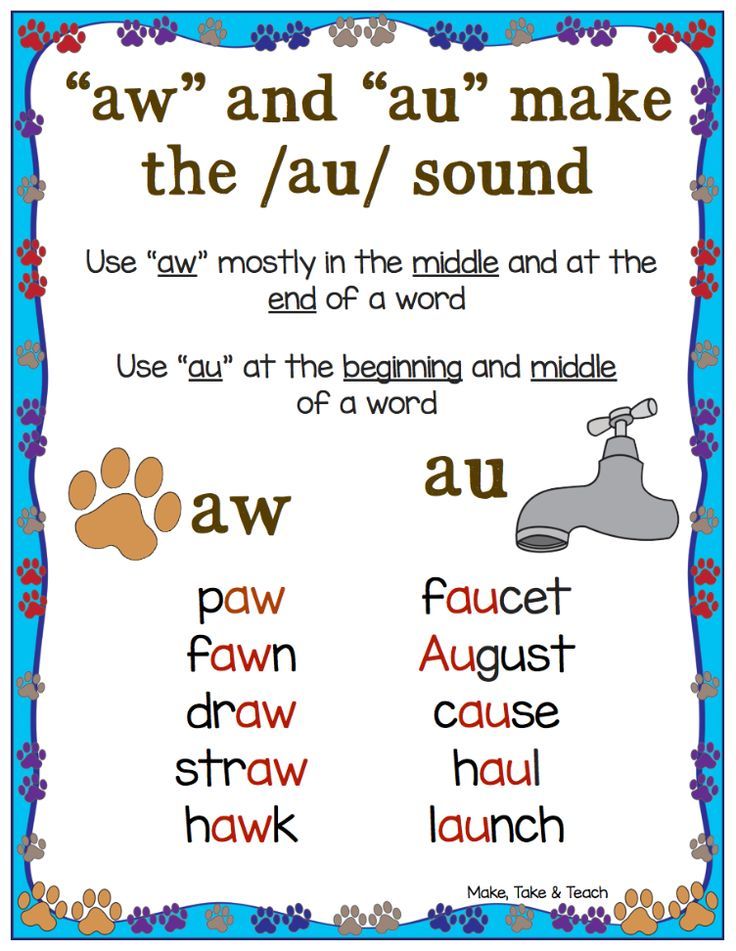 Examples: de/lay’, ex/plore’.
Examples: de/lay’, ex/plore’. 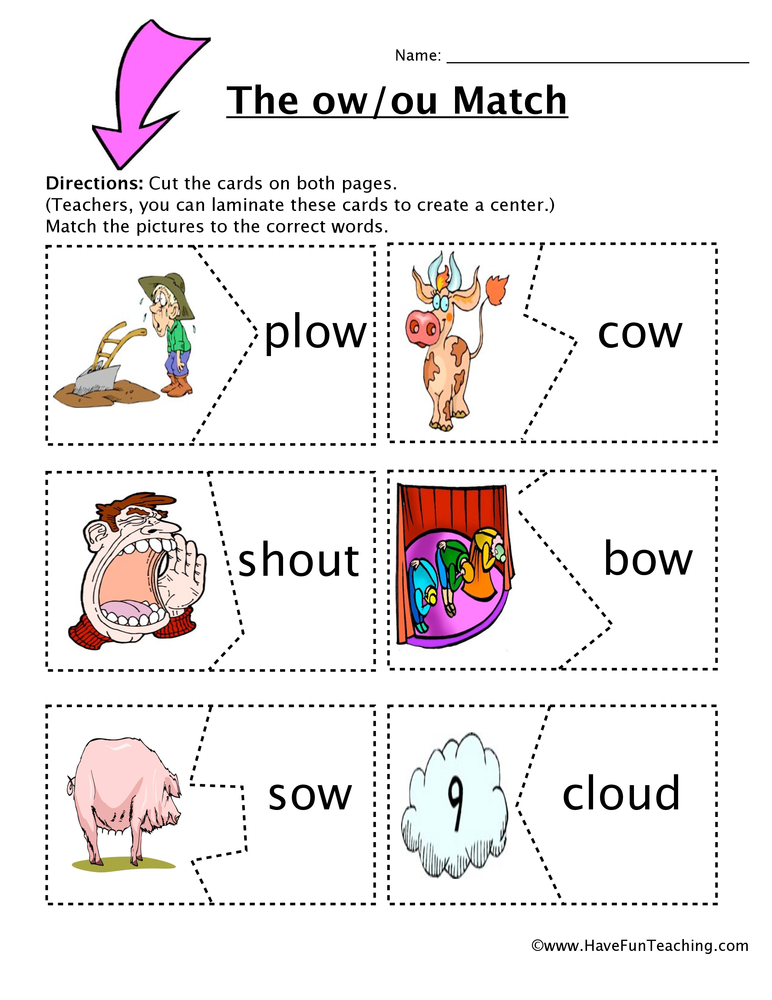
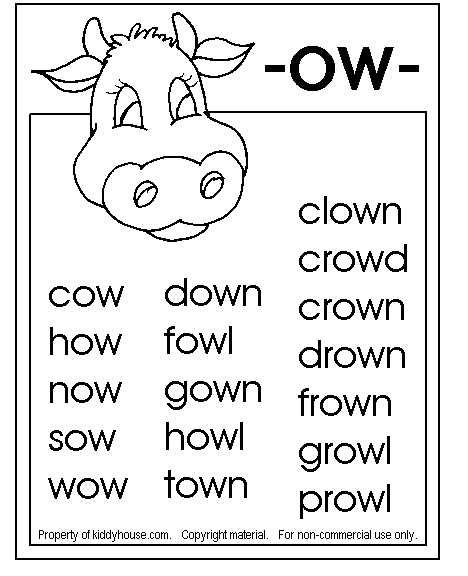 g. for the long ‘a’ sound teach ‘ai’ before ‘ay’ and eventually ‘eigh’ as an extension for those who can manage the more advanced logic.
g. for the long ‘a’ sound teach ‘ai’ before ‘ay’ and eventually ‘eigh’ as an extension for those who can manage the more advanced logic.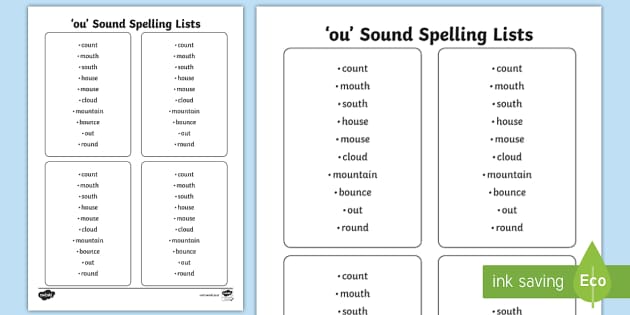 They don’t end in ‘u’ so ‘ow’ and ‘aw’ are used at the end of a word, not ‘ou’ or ‘au’. Teach the patterns explicitly e.g. ‘ai’/’ay’, ‘oi’/’oy’, ‘ei’/’ey’.
They don’t end in ‘u’ so ‘ow’ and ‘aw’ are used at the end of a word, not ‘ou’ or ‘au’. Teach the patterns explicitly e.g. ‘ai’/’ay’, ‘oi’/’oy’, ‘ei’/’ey’.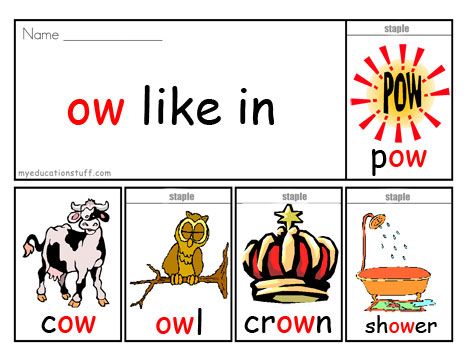 Use plastic or magnetic letters that have vowels in a different colour to consonants as the difference highlights the teams.
Use plastic or magnetic letters that have vowels in a different colour to consonants as the difference highlights the teams.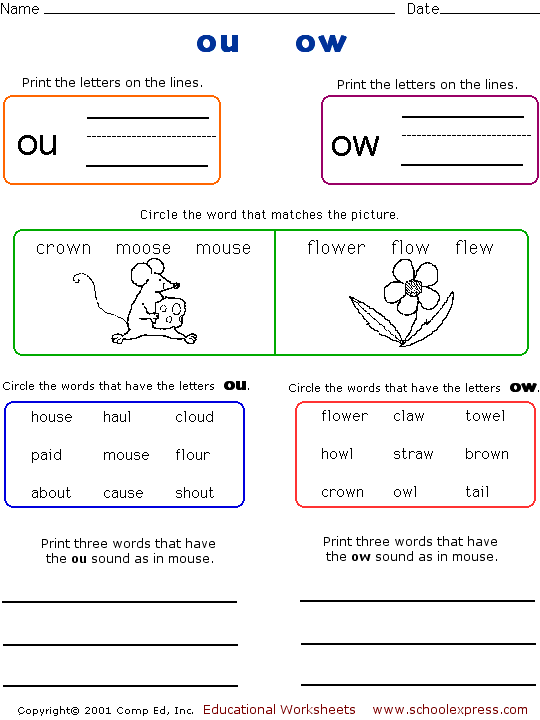 Children can try each spelling choice, clicking it to remove it, and clicking the tick when they have made a decision.
Children can try each spelling choice, clicking it to remove it, and clicking the tick when they have made a decision.
